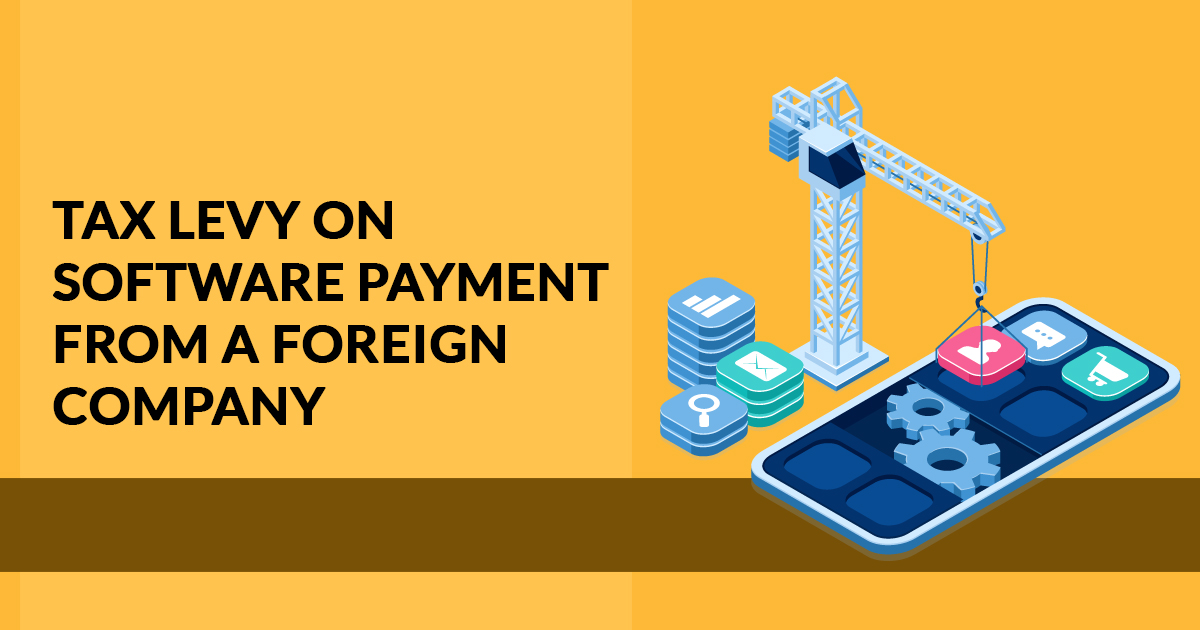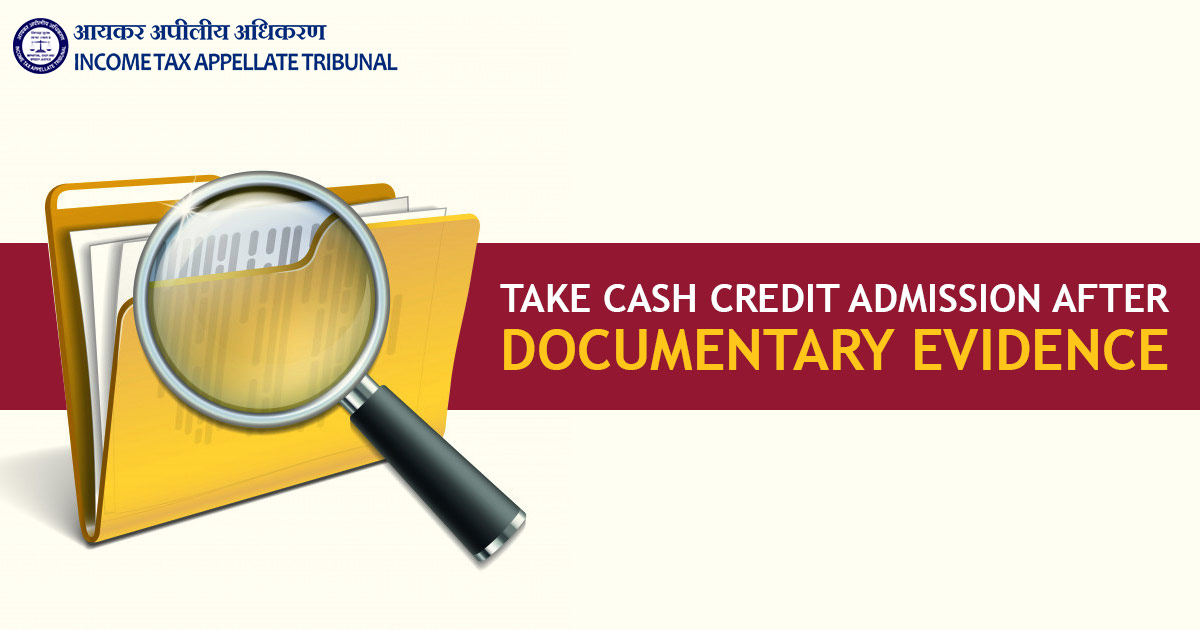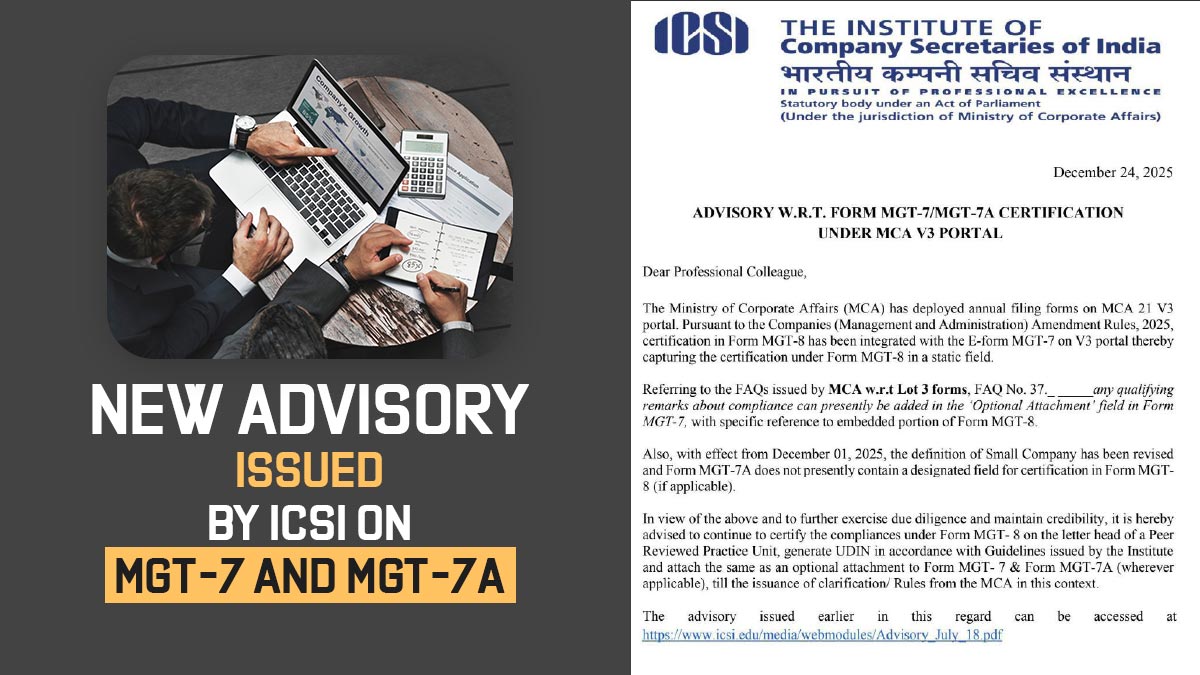The income tax appellate tribunal (ITAT) Bangalore ruled that the return on getting the software from the foreign company is to be taxed and implemented by the distributor.

The taxpayer is the owner of Kaseya Software India Pvt Ltd and has the charge to distribute the software in India, handling the events and several other advertising expenses. 15% additional charge has been levied on the costing.
Read Also: Industries to FM: Tax Only on Foreigners Domestic Income 
The AE signifies that the taxpayers are entitled to the margin of 15% on the cost and it must be held through the taxpayer company and AE will return the expenses sustained by the taxpayers on Salary including Directors’ Remuneration, Advertisement, Travelling and traveling related expenses, Business Promotion Expenses, Communication Expenses, Marketing Expenses, public relation cost, seminar and sponsorship expenses, etc.
The problem incurred in the case was that if the sum debited to the profit or loss has been accessed by the taxpayer such as software costs was the buying of software or mere reimbursement via assessee to the foreign organization.
Recommended: Take Cash Credit Admission After Documentary Evidence Under Section 68: ITAT 
The company has received the order from Indian customers with respect to particular IT monitoring software products of Kaseya international ltd Jersey as per the suited price for which the taxpayers are acting as a distributor for providing the signs of the before-mentioned software.
ITAT declares that the taxpayers are the distributor which will not alter the nature of transactions and comes under the purchase as valued by the taxpayers and these investigations followed by AO and CIT (A) are to be applied and the problem is to be an envelope with respect to the taxpayers.









